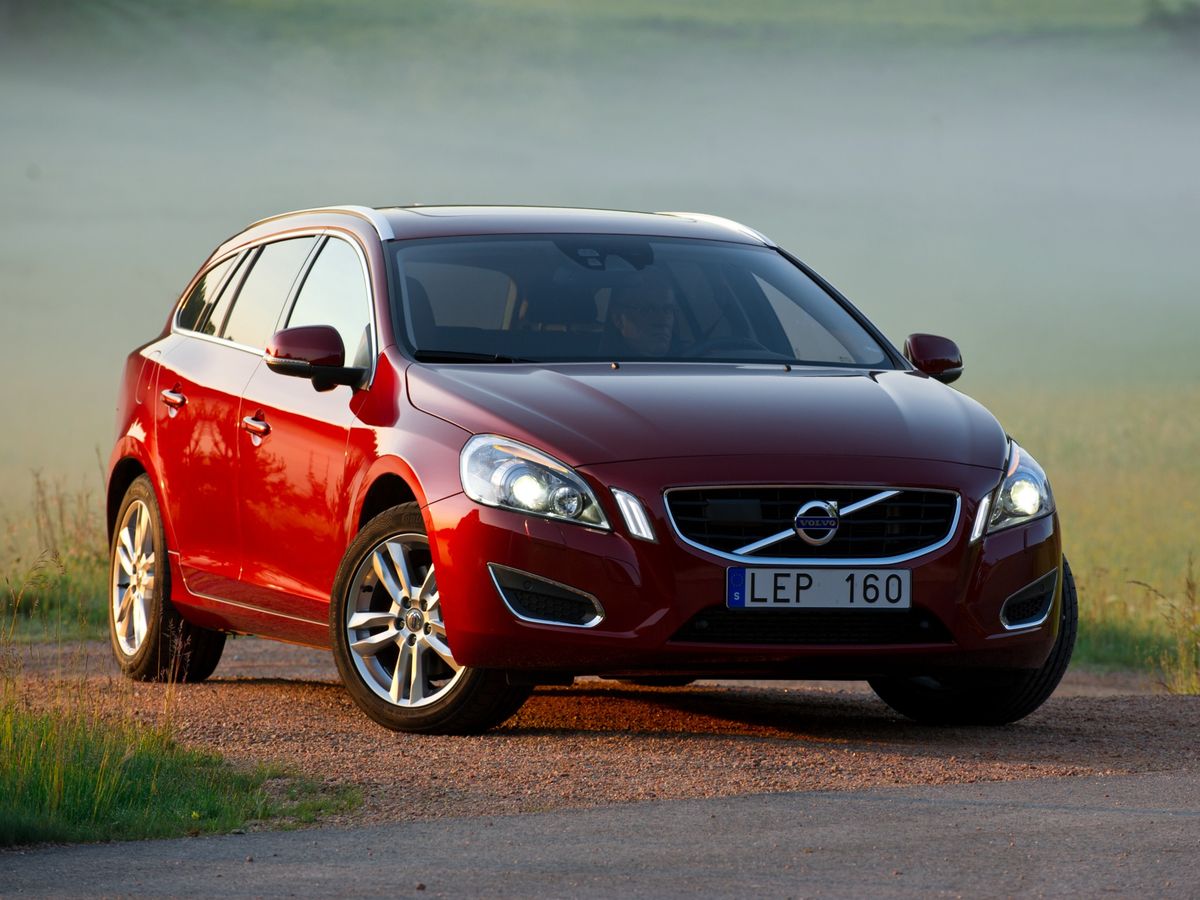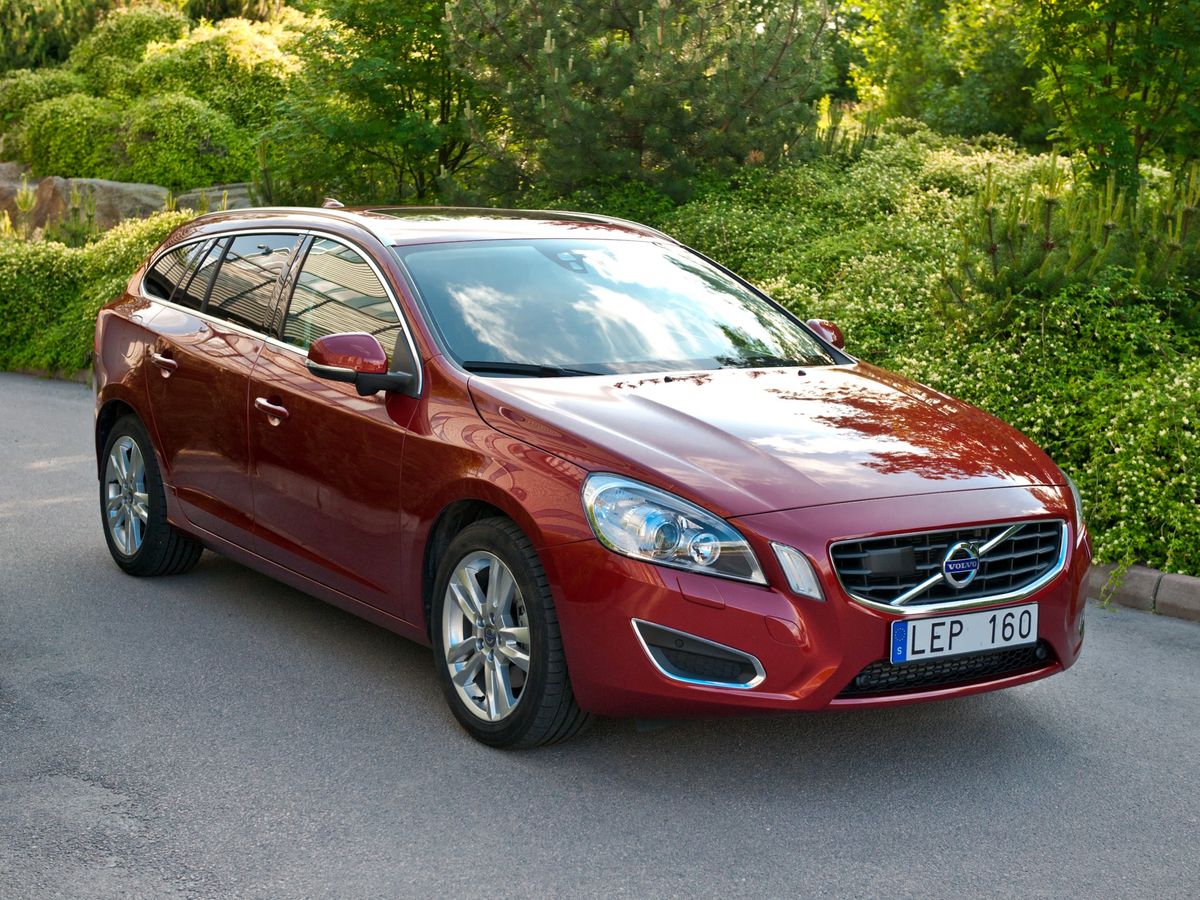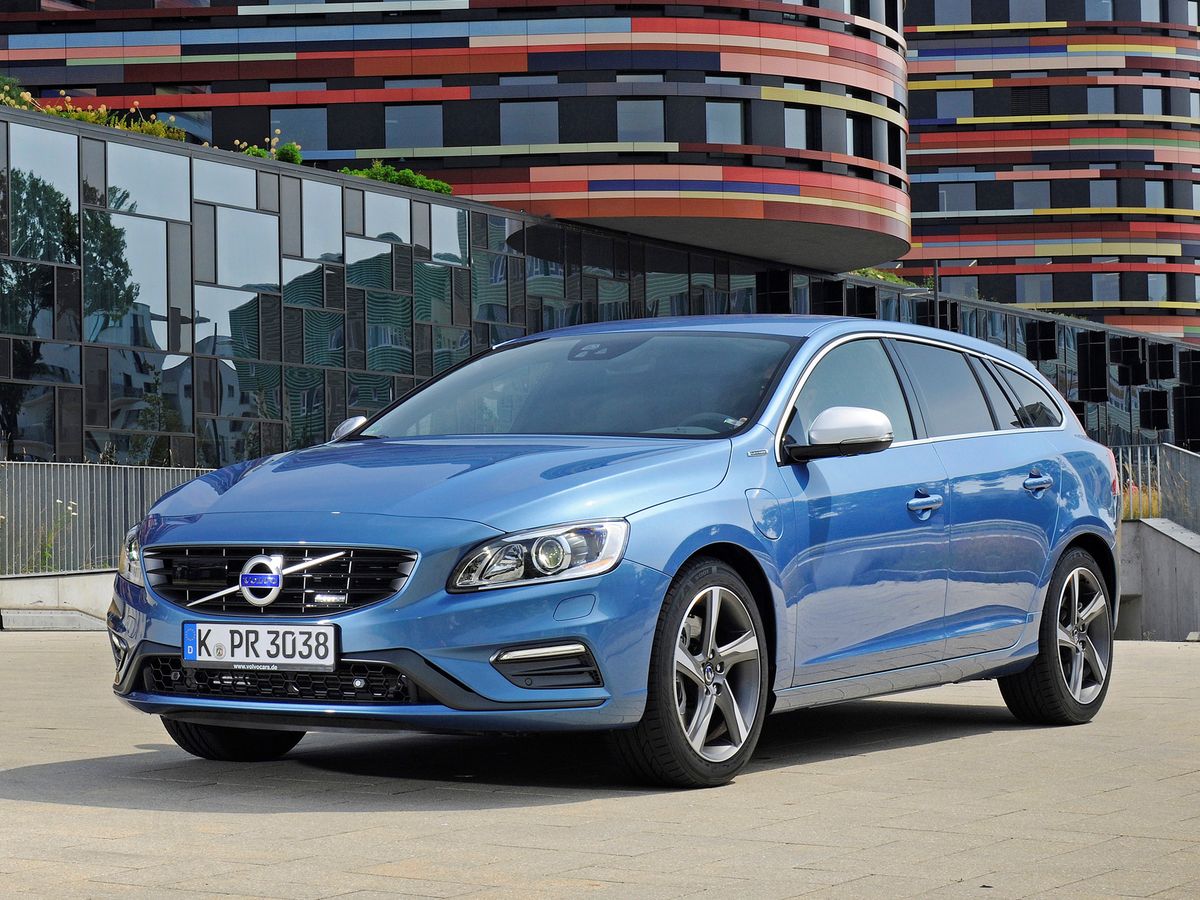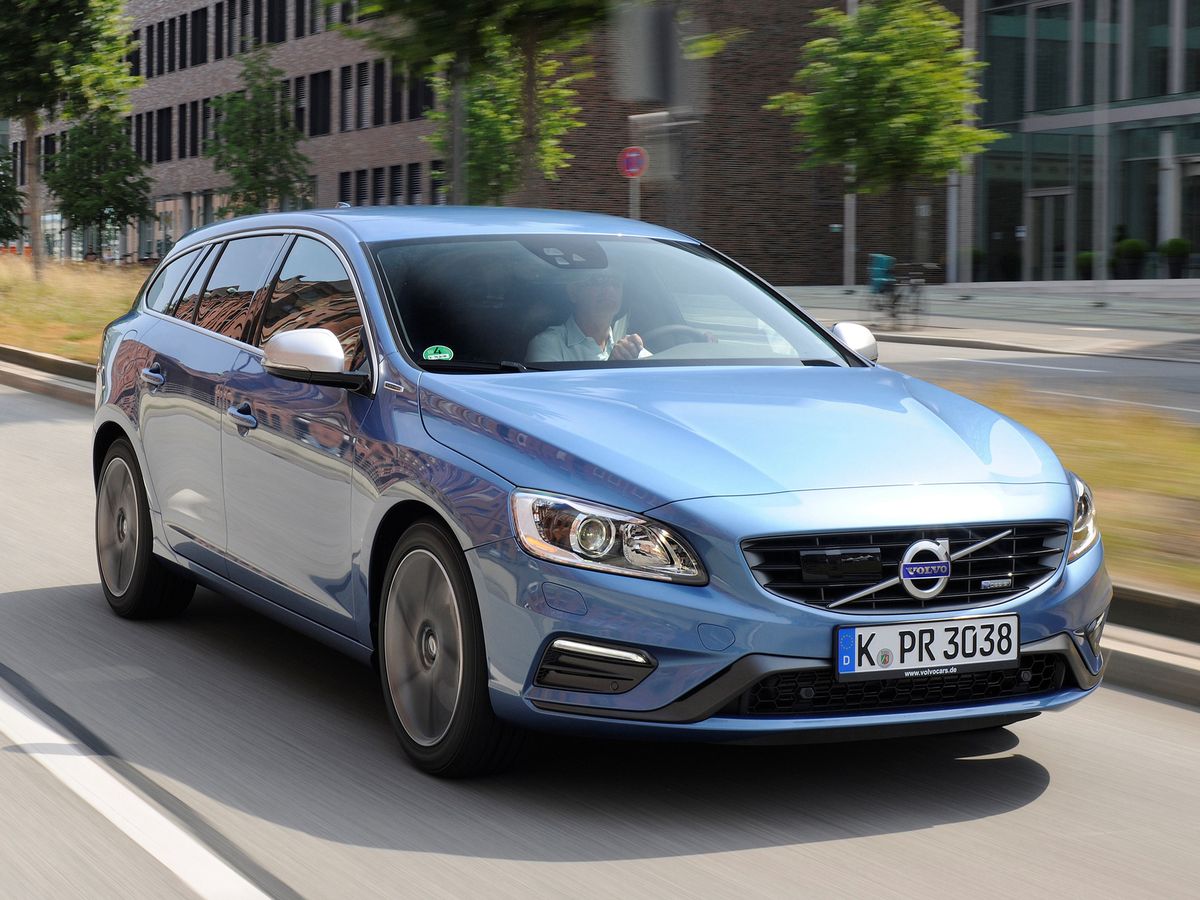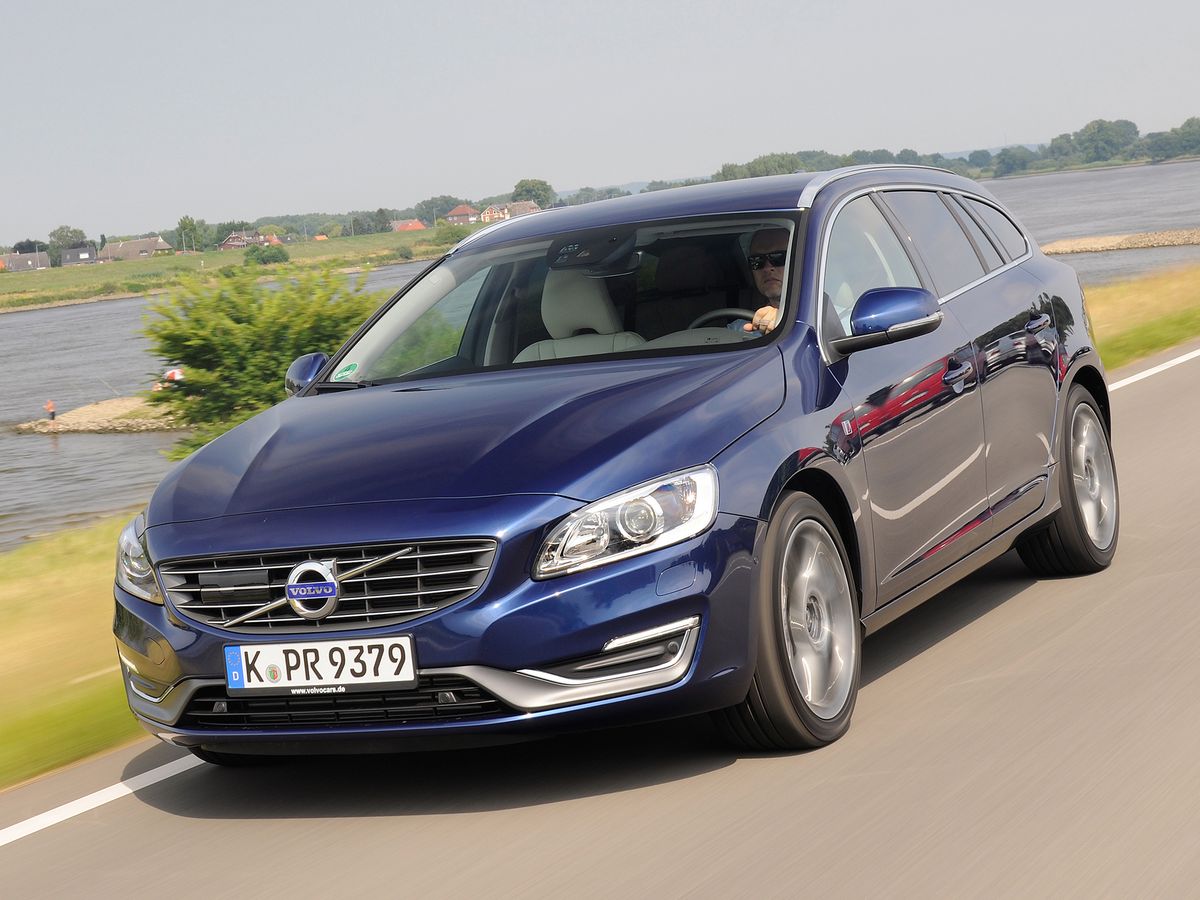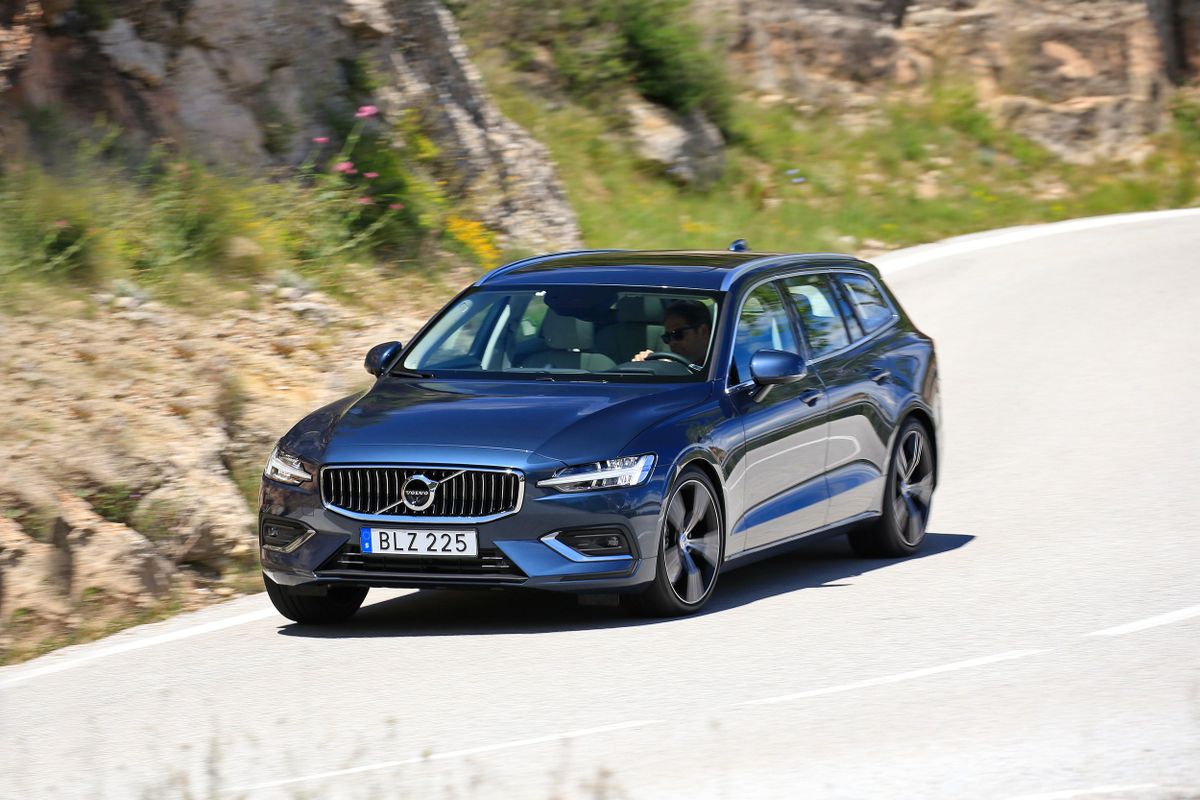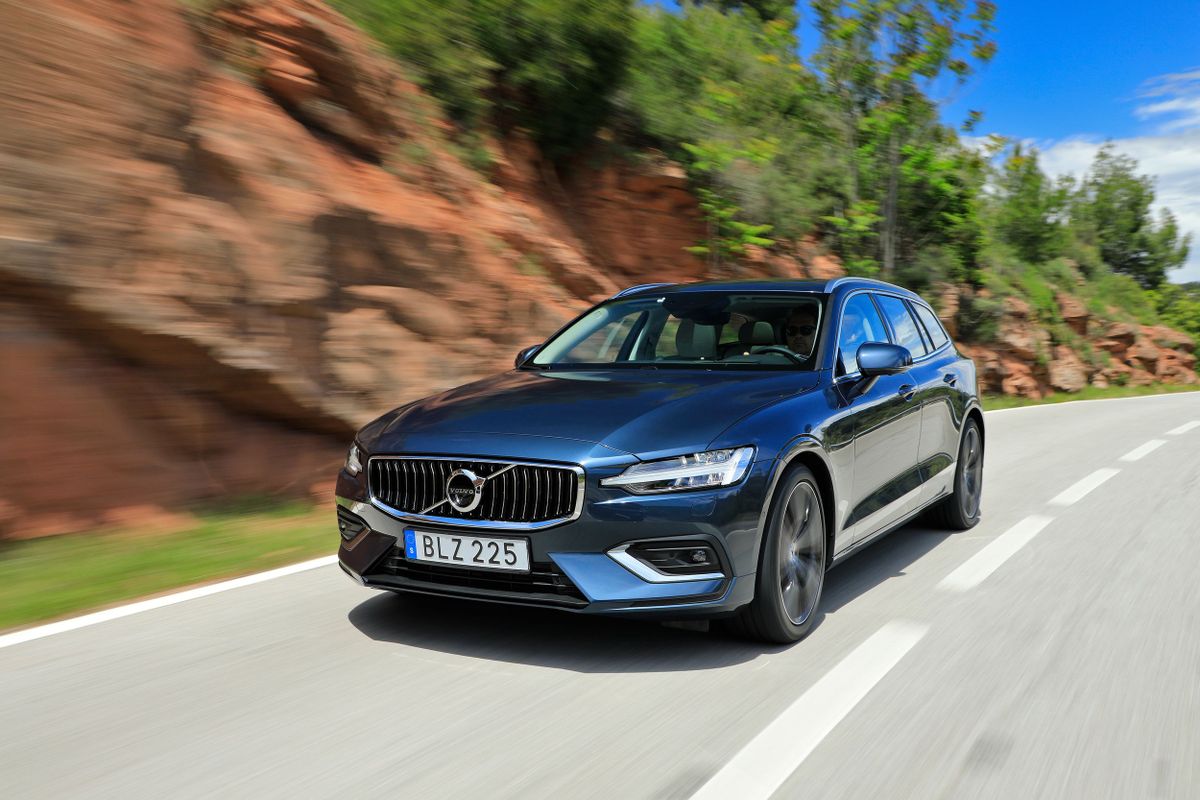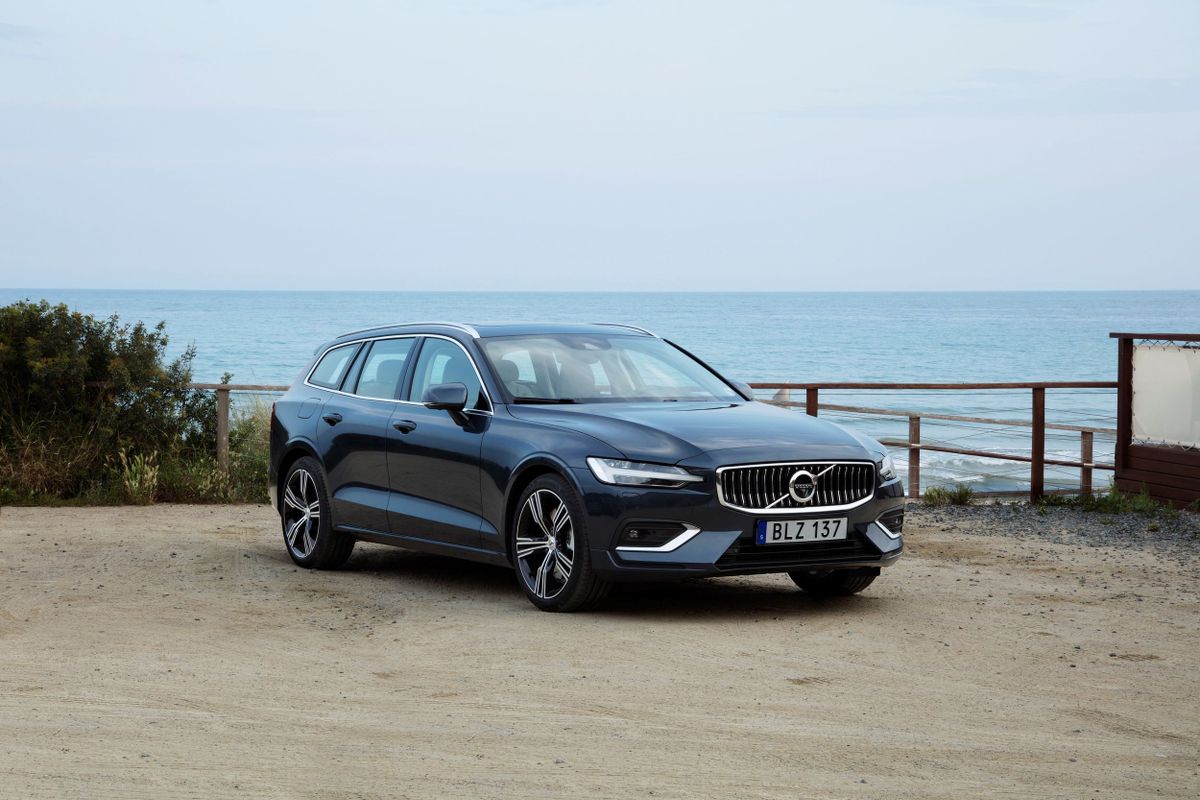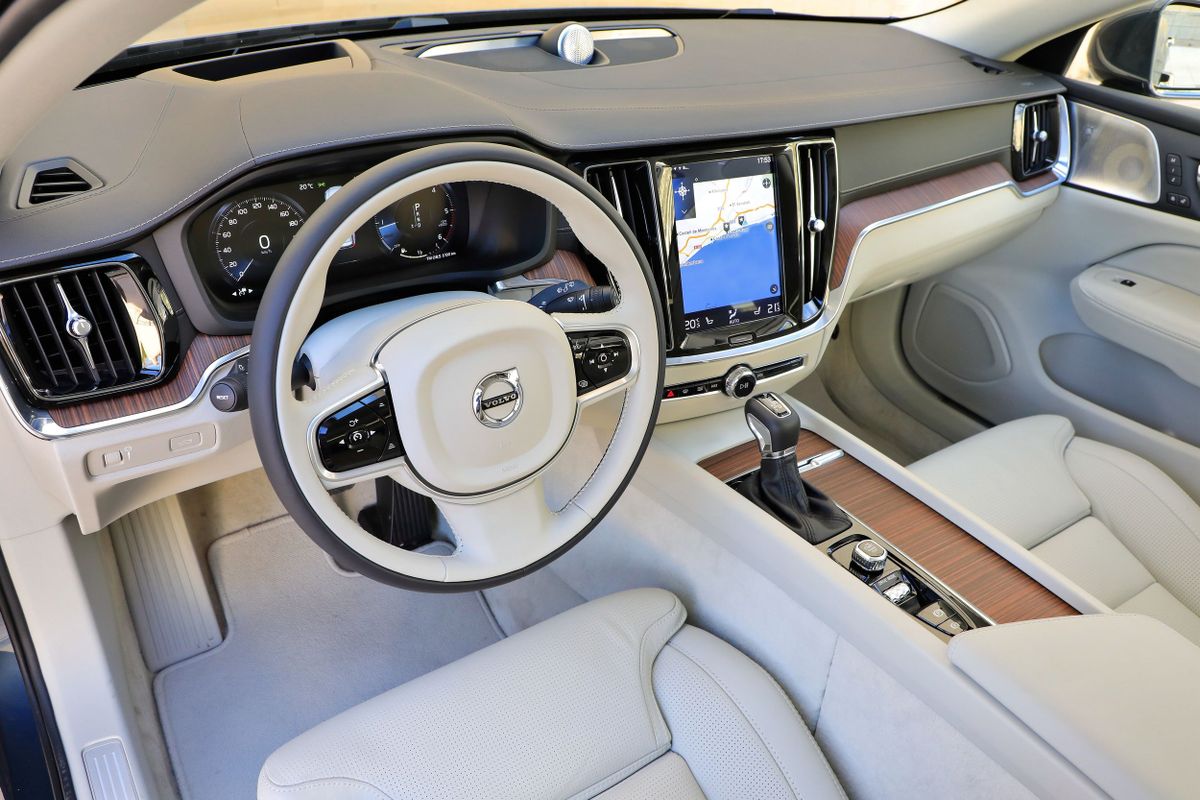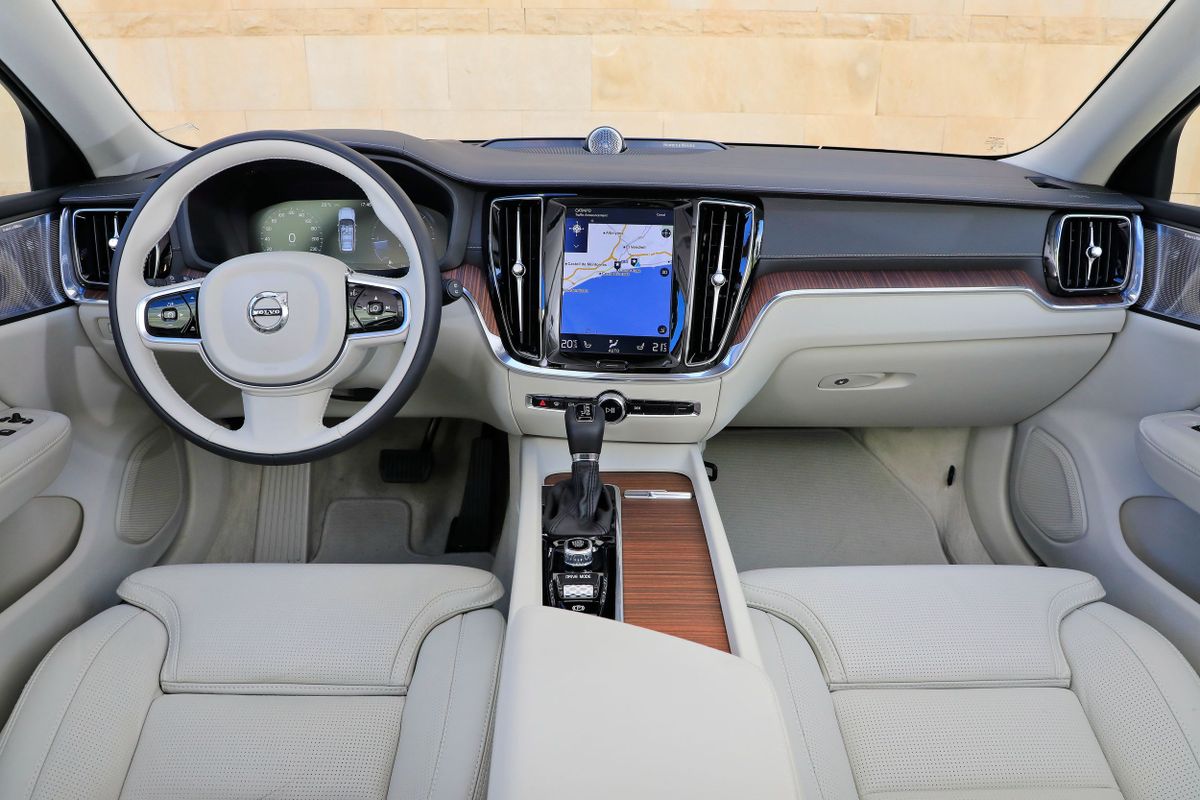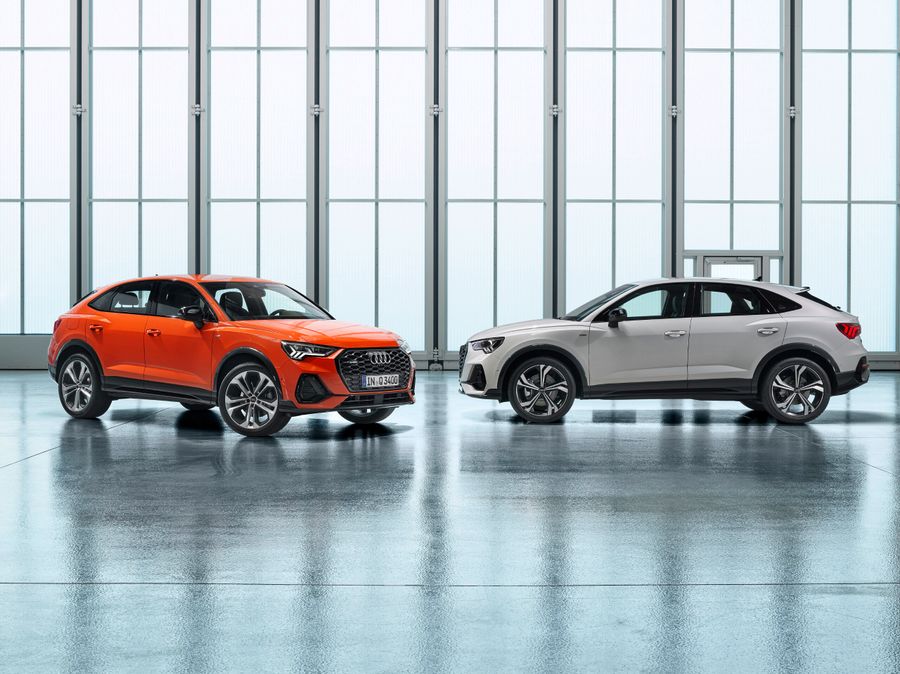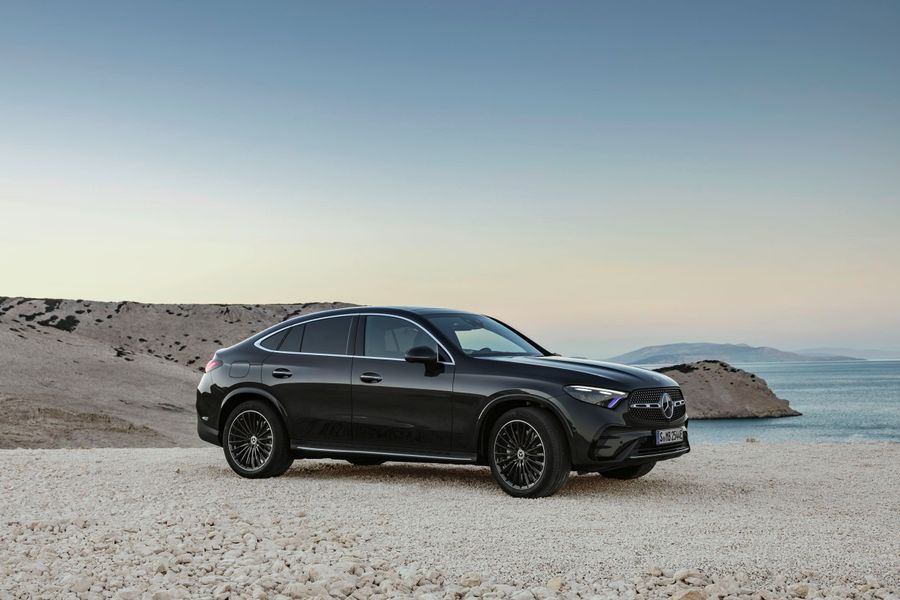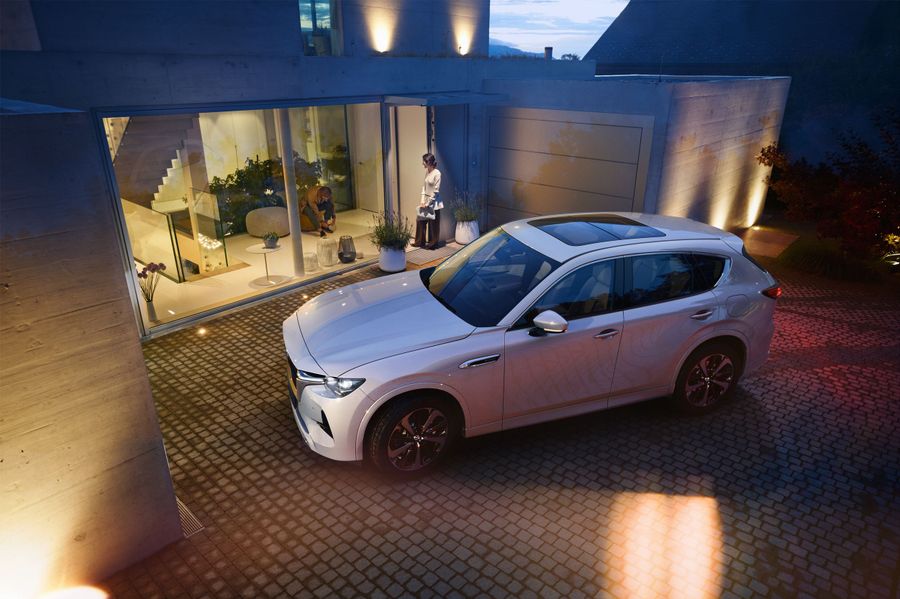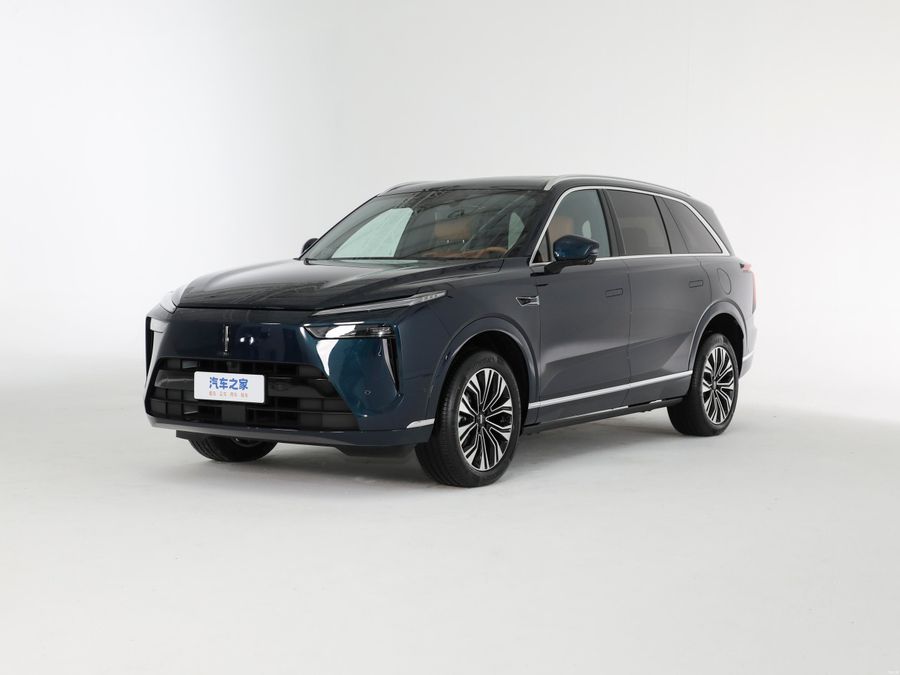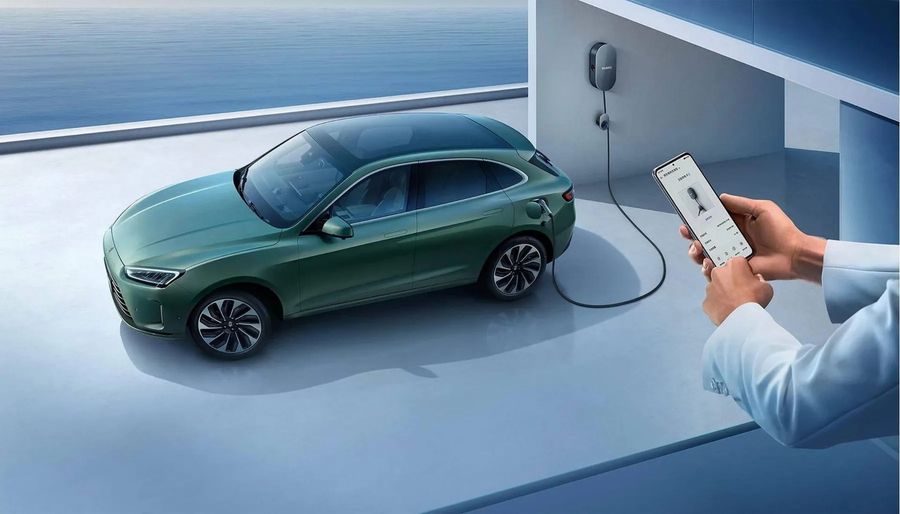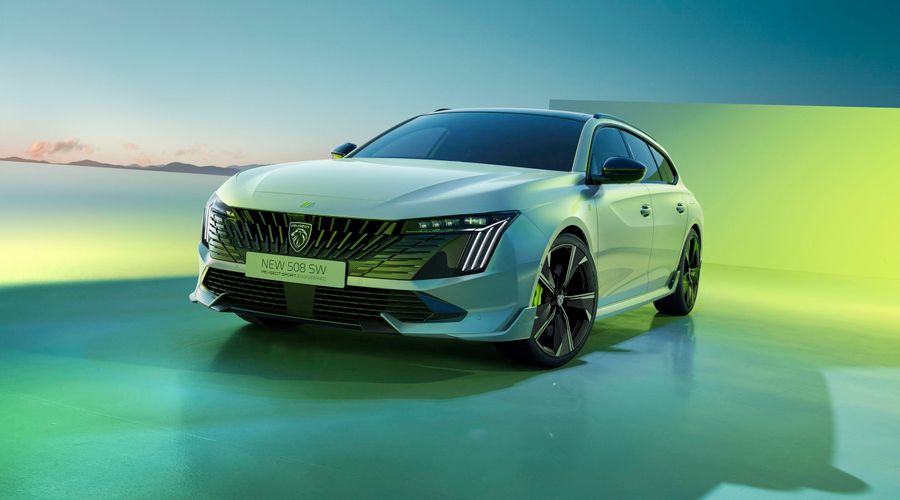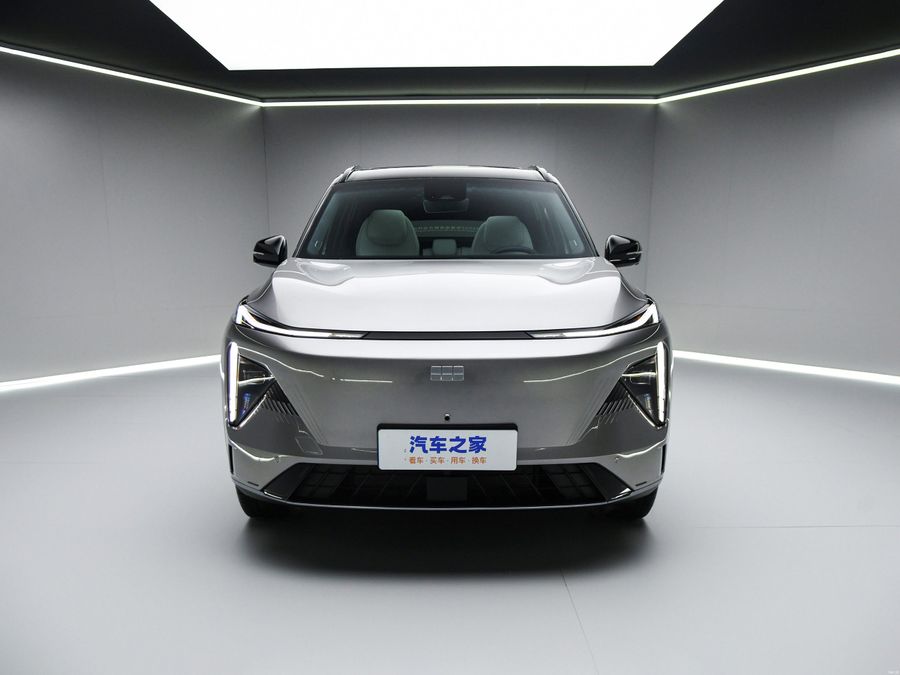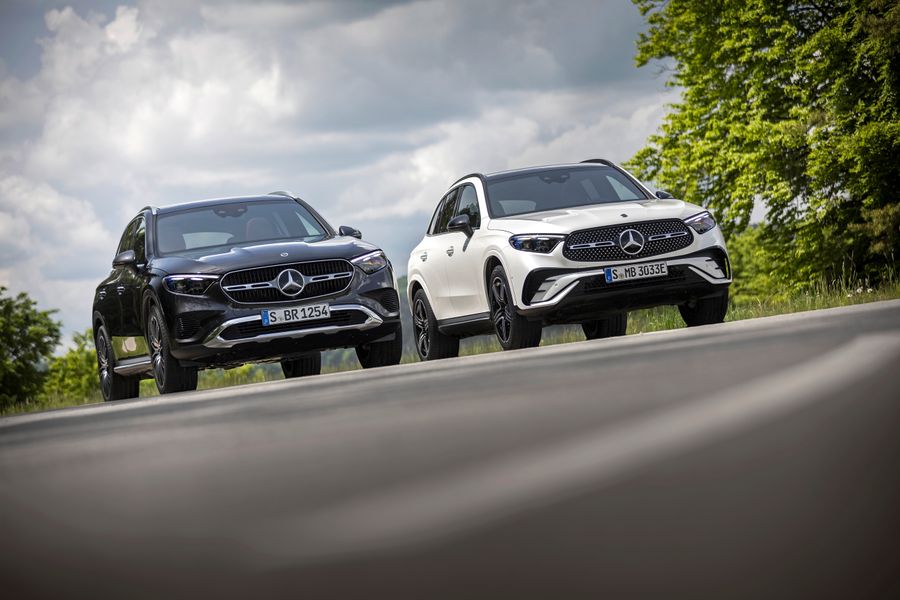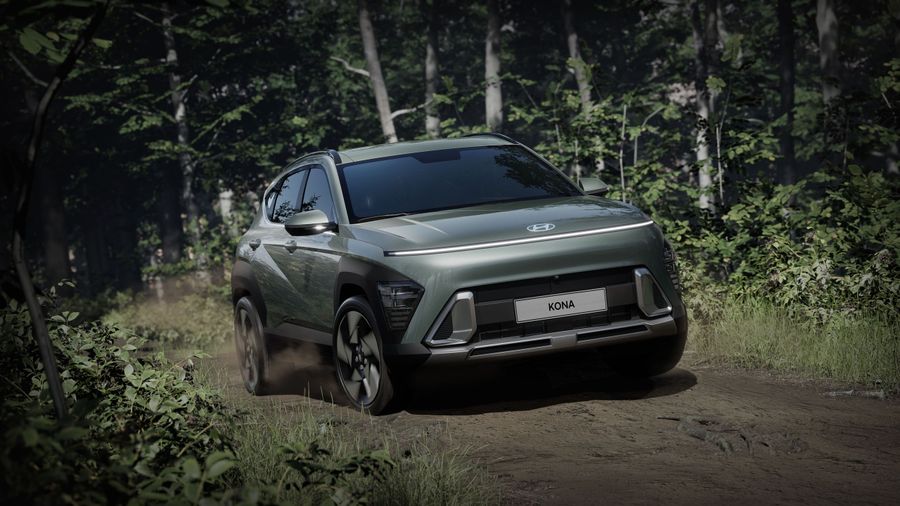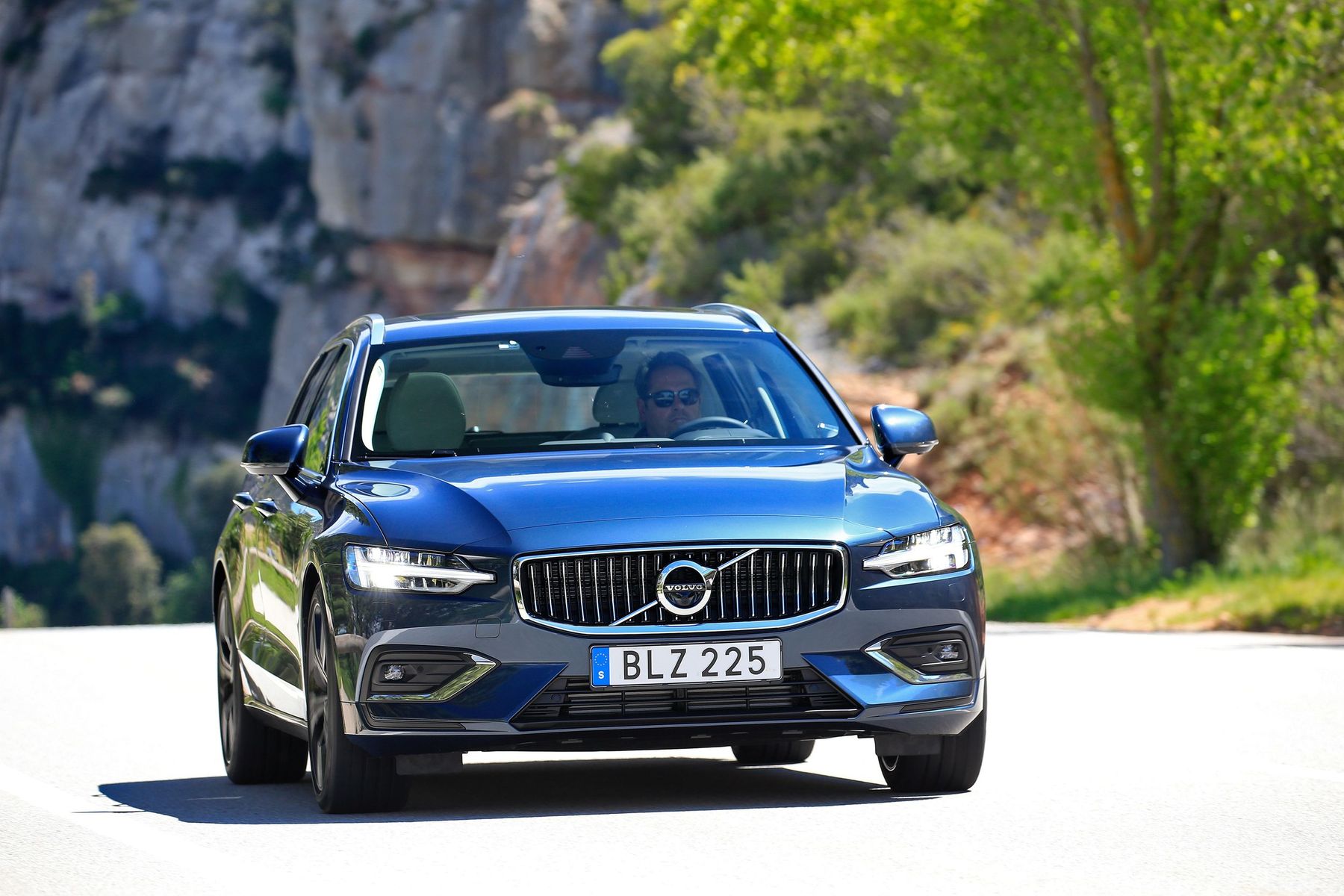
Swedish values of the V60 estate
The Volvo V60 is a middle-class estate manufactured by Volvo Cars (Sweden) since May 2010. The car is built on the Ford EUCD platform (shared with the Ford Mondeo, Galaxy and S-Max, Land Rover Freelander and older Volvo models) and is equipped with one of four petrol or four diesel engines. In 2021, you can purchase the second generation car, which has been sold in Israel since 2018.
At one point, there was even such a term as ‘Volvo driver’, because Volvo estates were considered as cars for retirees and housewives because of their special, calm temperament. But after the launch of the V-series Volvo, they ceased to be inferior to family cars of other brands, and in some ways even surpassed them. Volvo, the pioneer of the ‘estate movement’, still adheres to the classic canons, the most important of which is the increased capacity of the trunk compartment. And it depends not only on the displacement, but also on the real geometry of the cargo compartment: the height of the ceiling and the longitudinal section, the protruding wheel arches. The Swedish manufacturer takes all these points into account to ensure comfortable and easy transportation of any items.
The first generation
It was produced from 2010 to 2018, and was restyled in 2014. The first Volvo V60 is a real middle-class car. It is 4,628 mm long, 1,865 mm wide and 1,484 mm high. The trunk is 430 liters or 1,307 liters with the rear row seats folded down. The ground clearance is only 13.6 cm.
But the trunk compartment volume was not the only thing showing the practical nature of the car. Thus, it was possible to remove the rear seat headrests using an electric drive, and when the seats were folded down, the driver received an absolutely flat floor. Interestingly, it was possible to remove not only the rear, but also the front seat, which allowed transporting all kinds of long items.
There was an impressive choice of engines, including 1.6 L, 2.0 L, 2.5 L, 3.0 L petrol versions, as well as 1.6 L, 2.0 L, 2.4 L diesel versions and a Plug-in-Hybrid engine. The 1.6 liter diesel engine was the most fuel-efficient unit that consumed only 4.8 liters in the city and 3.9 on the highway. The buyers could choose not only the engine but also the suspension. After all, the estate was produced with a ‘standard’ chassis and with a ‘dynamic’ one, equipped with more rigid shock absorbers. The car’s suspensions featured an independent MacPherson strut suspension at the front and a multi-link suspension at the rear. It was also possible to purchase an all-wheel drive version. For example, the 3-liter petrol engine and some diesel ones (2.4 liters) could be equipped with the AWD transmission.
At one point, there was even such a term as ‘Volvo driver’, because Volvo estates were considered as cars for retirees and housewives because of their special, calm, temperament. But after the launch of the V-series Volvo, they ceased to be inferior to family cars of other brands, and in some ways even surpassed them.
In March 2011, a hybrid version of the Volvo V60 was presented, which became the first in the ‘Plug-in Hybrid’ series. It was equipped with a 6-speed automatic transmission. The front wheels were powered by a 2.4-liter turbocharged 5-cylinder D5 diesel engine with 215 hp and a maximum torque of 440 Nm. The rear axle was electrically driven, and an electric motor with 75 hp and a torque of 200 Nm was powered by a 12 kW/h lithium-ion battery. In 2012, the V60 passed the Euro NCAP test and won the Advanced Award for outstanding performance.
2014 restyling
The restyled Volvo V60 was equipped with a keyless start system and a navigation system. The car’s headlights, radiator grille, hood and bumpers were changed. The front face became more streamlined. The car started featuring new lights and tailpipes, as well as an electronic dashboard, heated windshield and paddle shifters.
The second generation
It has been produced from 2018 to the present (as of 2021). The new Volvo V60 is built on the SPA platform, which has been used since 2014, offering a transverse engine arrangement and a transverse composite spring in the rear suspension. The car has become 12 cm longer, and the trunk compartment has grown by as much as 99 liters (up to 529 liters and 1,364 with the seats folded down). The second V60 is 4,761 mm long, 1,850 mm wide (excluding mirrors) and 1,427 mm high, with a wheelbase of 2,872 mm.
The car was initially equipped with petrol engines: 2-liter turbocharged inline four cylinder T5 and T6 engines (250 hp and 310 hp). Diesel and hybrid engines have become available since 2019 (D3 150 hp and D4 190 hp). The new Volvo V60 has two rechargeable hybrid versions, T6 Twin Engine AWD and T8 Twin Engine, based on twin turbocharged petrol engines. They also are the most powerful in the range. For example, the T6 produces 340 hp and the T8 produces 390 hp. The flagship version accelerates to the first 100 km in just 4.8 seconds. The engines work in conjunction with an 8-speed automatic transmission. As in the first generation, cars with powerful engines are equipped with four-wheel drive.
One of the most important upgrades is the Pilot Assist, a semi-autonomous control system that operates at speeds up to 130 km/h. The package of modern equipment includes a virtual dashboard with a 12.3-inch screen, multimedia with Wi-Fi, Apple CarPlay and Android Auto. And now you can order an air suspension for the estate, instead of springs.


